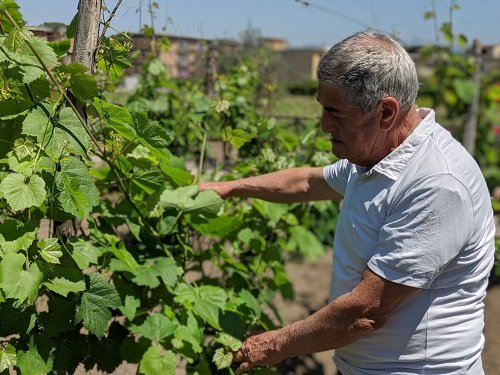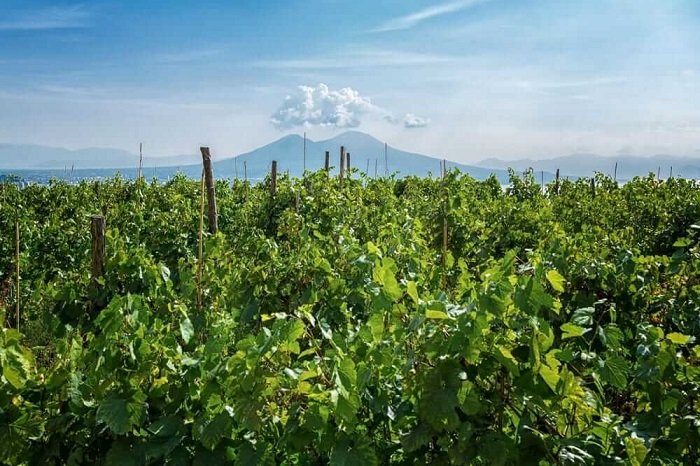Few people know that Naples is the second largest urban vineyard area in Europe. Of course, the Metropolitan City of Naples is large, extending beyond the municipal area, but metropolitan vineyards creep through the concrete and asphalt of the city, creating glimpses of particular beauty.
We often tend to think that viticulture is only related to the countryside, to isolated places surrounded by the silence of nature. Instead, it is surprising to discover how Many vineyards are integrated into the urban fabric of cities, within walking distance of the historic center. A Turin, for example, the Balbiano winery is in charge of the vineyard with more than 400 years of history planted at Villa della Regina at the behest of Anne of Orleans, a French noblewoman who married Victor Amadeus II of Savoy.
Within the ancient walls of Brescia there are several hectares of vineyards, while in the heart of medieval Siena it is possible to glimpse rows of free-standing vines intended mainly for private consumption. In the convent of the Sacred Heart at Trinità dei Monti in Rome an ancient vineyard produces “Vino Gallico,” while in Venice, wine is produced in the lagoon and in some palaces of the Serenissima. The La Giudecca neighborhood and Vignole Island are examples of this. By Florence colleague Paolo Valdastri discussed it in a recent article.

Metropolitan vineyards in Campania
Among the records of viticulture campane (including the largest number of grape varieties, which exceeds those found in all of France), the following stand out Naples as Europe’s second largest metropolitan vineyard area, with Vienna at the top of the rankings. The Parthenopean city holds regional hegemony with metropolitan vineyards spanning some 200 hectares, embracing the warm sun that descends from the top of Mount Vesuvius to the heart of the city.
An original urban map is intertwined with vineyards located within the city limits. The vineyards are located between Vomero and Posillipo, between the crater of Agnano, the hills of the Camaldoli e Chiaiano and the area of the Scudillo. They represent a landscape of unparalleled beauty, where humans guard the vineyards within the complex urban fabric of the Neapolitan city, coexisting in perfect harmony with nature.

What makes these urban vineyards unique is their ability to take root in an area that, together with its province, represents one of the few areas worldwide where the traditional free-range cultivation due to the volcanic origin of the soil, thus allowing the preservation of vines and ancient forms of farming.

Metropolitan vineyards in Campania also represent heroic viticulture and are found scattered throughout various areas. On the Sorrento and Amalfi coasts, islands, and inland Campania. An emblematic example is the
Alberate Aversane
, a Unesco candidate, where clusters of Asprinio grapes grow vigorously in the courtyards of houses, strongly resisting the surrounding urbanization.
Metropolitan vineyards, with their heroic rows, resist concrete and busy city streets. They produce wines that are the result of the work and dedication of farmers who, despite the difficulties of growing crops in the urban environment, do not abandon the land.













